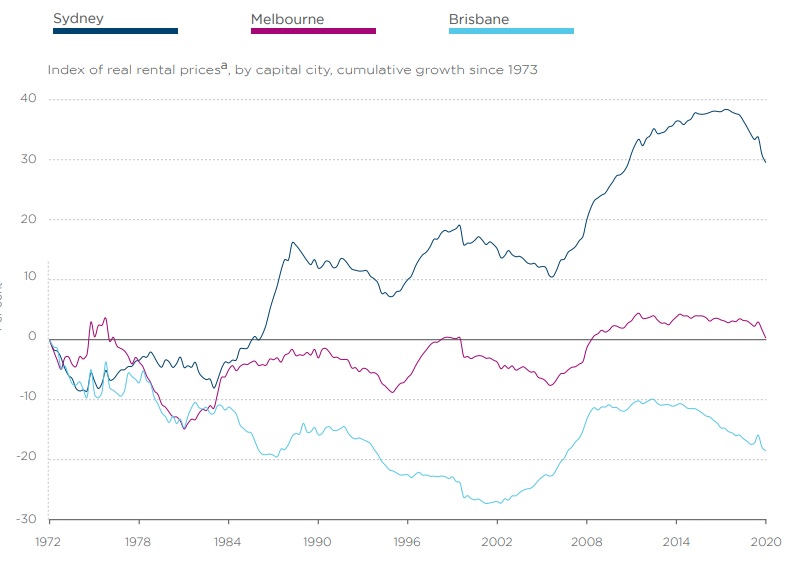Planning System Needs Overhaul: Report
New South Wales is struggling to cope with housing demand and needs to “untie knots in the planning system” to prevent the sector dragging down the rest of the economy.
The Productivity Commission White Paper has found Sydney had not kept pace with state targets and that undersupply was expected to double to 100,000 homes by 2038 unless changes were made.
The commission found developers were not able to build where people wanted to live, with the densest area in Sydney housing only 9000 people per square kilometre.
This compared to London’s inner boroughs at 11,000 people, the city of Paris with 20,000 and Manhattan with 27,000 people per a square kilometre.
This undersupply, particularly around the CBD, was adding to affordability issues and limiting the supply of workers due to elongated commuting times.
This also led to a larger share of people’s incomes being spent on housing instead of goods and services.
However, just 20 per cent of the housing supply was forecast to be built within 10km of the CBD, so middle and outer suburbs would have to do “most of the heavy lifting”.
The commission recommended a number of measures to mitigate the housing supply issues.
Sydney rents far outstrip inflation

^Source: Productivity Commission White Paper, ABS, NSW Treasury
These included reviewing apartment design regulations, consolidating employment zones and increasing the range of permissible activities as well as planning for greater housing and business activity within walking distance of transport hubs.
There were also recommendations to replace property transfer duty with a broad-based land tax, create long-term housing targets, identify causes of long assessment times and improve green open space.
NSW productivity commissioner Peter Achterstraat said the paper made 60 recommendations to create a pathway to higher wages and better living standards in the state.
“The report helps pave the way to delivering a skilled and high-performing workforce to enable us to improve outcomes which will lead to higher wages and better-quality services for everyone,” Achterstraat said.
“When we improve educational opportunities, from cradle to retirement, reduce road congestion and change the way we commute, we unlock greater efficiencies and improve our citizens’ quality of life.”
Property Council NSW executive director Jane Fitzgerald said the paper acknowledged the planning system needed to do better to address the housing affordability crisis.
“This comprehensive list of recommendations includes some important boosters set to untie the knots in the planning system and speed up processes to deliver benefit to the economy and release the homes our state so desperately needs,” Fitzgerald said.
“Whilst the report says this could take up to another four years, with a fully implemented date of 2025, we would urge the government to get this done much more quickly.”
















